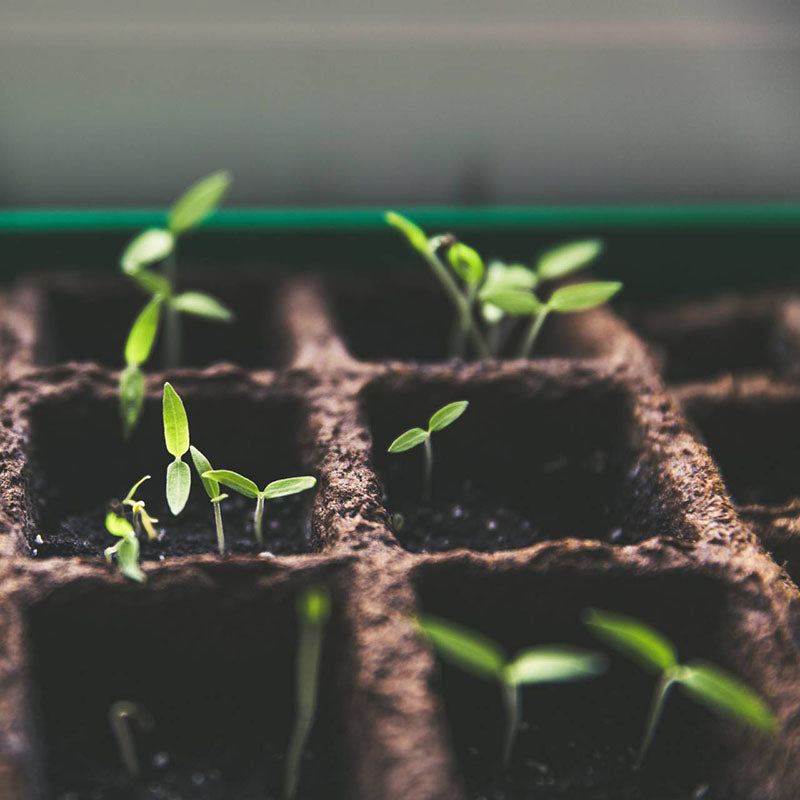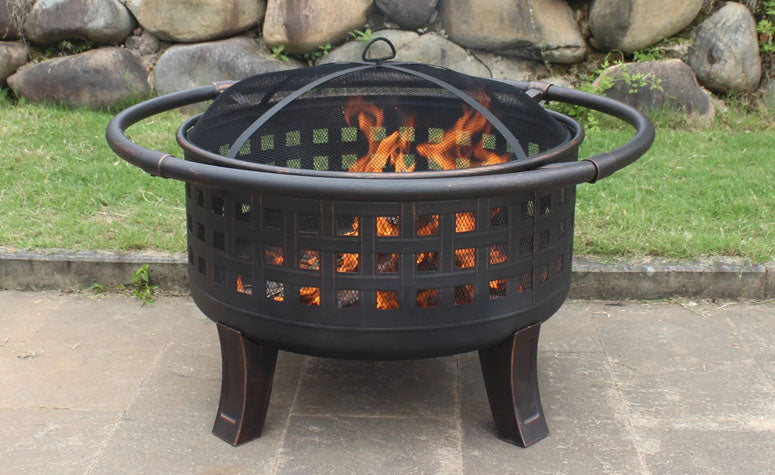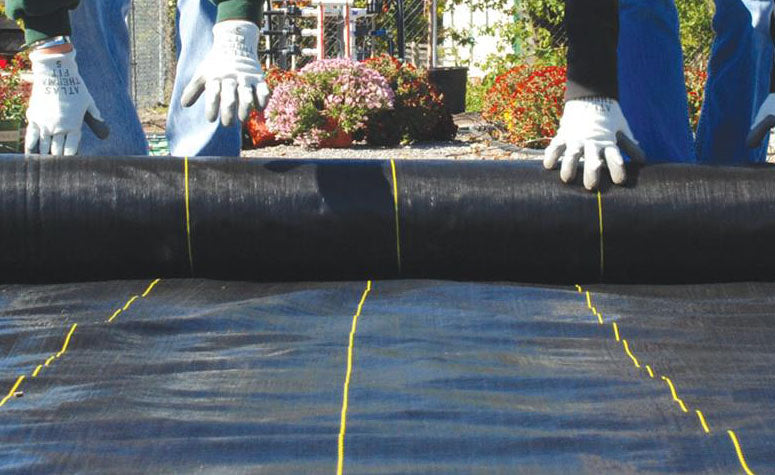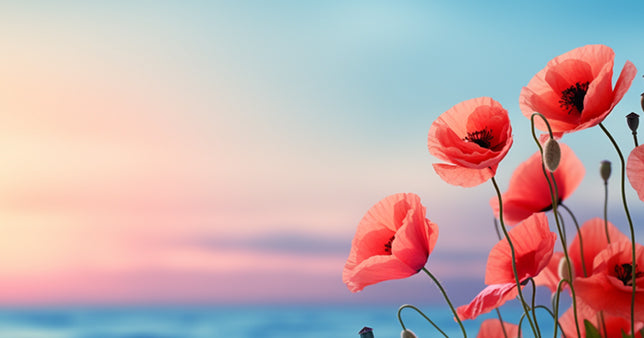While some might equate the dead of winter to a slow time of year for a gardener and planting, the reality is it's quite the opposite! As the calendar turns from one year to another, the time for planning, preparing, and, yes, even planting, is all at hand.
To help make sure you're not left scrambling, the team at Greenhouse Megastore has put together a cheat sheet of sorts to help make sure you're ready for planting.
But first - a couple of questions to make sure you consider:
- What to grow? This one is entirely up to you, obviously! But some helpful resources include the USDA Plant Hardiness Zone Map to know what may thrive for those of you planting outdoors. Equally, what you want to grow matters when you consider...
- When to start? When you should start depends on a couple of factors. The first is understanding what grow zone (above) you find yourself in. You may want to also factor in the average last freeze or frost in your area (of which there are a number of great resources). While those will give you a good start date, the key is the second factor, which is working back from those dates based on the germination timeframes of what you've decided to grow. Every plant has a different timeframe, so be sure to reference the back of any seed packet to understand what those germination timelines are and what grow zones different plants may thrive in. Our Wetsel seed assortment incorporates this into every pack you buy.
Once you have the 'what' and the 'when', it's time to get into the 'how'.
Seed Starting Essentials
Trays or Flats
This one can be confusing as most people would consider a seed tray or a "flat" one of two things. One of those is the tray itself. This is usually a standard 1020 tray (1020 just means 10" x 20"). This is just a flat, open tray without cells and with or without holes in the bottom depending on your preference. Holes allow for drainage while no holes obviously prevent it.
The other item which some people assume is the same thing (but isn't!) is the lightweight insert. More on that in a second!
There are proper propagation trays, or "prop trays", that feature many different cell configurations but are a single unified piece. Once the plants are ready, the "plugs" are just pulled out and put in place. These are designed more for larger growers with special equipment that allows for quick transplanting, but work just as well for small growers, too.
Tip: Many people use 'no hole' trays in conjunction with the celled trays below (which have holes) as a self-watering seed tray system. This works great for plant propagation and seed starting.
Inserts
So back to those inserts. Assuming you are using a full propagation tray set, The other component of a seed starting tray is the insert, and as the name implies, this is inserted into the tray. An insert is typically thin grade plastic and has multiple cells in one sheet – up to 72 depending on the orientation – and can also usually be broken apart into smaller "cell packs." It isn't meant to be carried alone given how flimsy it is, which is one of the reasons you need the tray paired with it. Our most popular sizes are the 606 and 806 inserts. The former has 6 cell packs of 6 cells for 36 total cells, and the latter has 8 cell packs of 6 cells for 48 cells. This makes for very efficient seed starting since you can place one or two seeds in a cell, and when the seed germinates you can pop out the "plug" and plant it.
Propagation Mat
If you’re going to be seed starting indoors and/or before Mother Nature has begun to turn up her own thermostat, you’re going to need to use the same trigger to tell your seeds its time to grow - heat. Specifically, soil temperature. In order for seeds to germinate, the soil needs to maintain the proper temperature. In the early spring it’s usually still too cold, but by using a propagation mat, we can create ideal conditions. A propagation, or heat, mat (also known as a seedling heat mat) is placed under your seed tray and keeps your soil nice and toasty around the clock, which leads to higher germination rates in less time. Seeds like the same temperatures that you do – between about 60 and 80°F – and that’s the exact range a seedling heat mat is great at maintaining.
Grow Lights
Most of the time if you are seed starting early, you will be starting them indoors. I start mine in my basement, and others may start in the garage or other such places. The key here is that these places don’t have a lot of light, and light is one things that seedlings are absolutely going to need. That’s why it’s best to get a florescent grow light system of some sort to provide essential light to your fledgling plants. You can either get a system, complete with integrated stand, or a stand-alone fixture you can hang yourself.
Tip: Keep the lights about 1-3" inches from the highest leaves of your plants to prevent stretching from light starvation.
Seeds
This one likely goes without saying. We offer an extensive variety of seeds with Wetsel seeds, including heirloom, organic, microgreens, and more!
Soil or Growing Medium
Not quite as simple as the stuff outside, but something suited exactly for your seedlings to get them off to a great start. Drainage, nutrients, and more are all factors of the soil you choose to work with, and there are plenty of great options available. Fill your inserts with the growing medium, place your seeds, and cover with a little compost if you have it.
Soil Sieve
A sieve isn’t essential, but it will make your life a little easier. It’s already easy enough to fill your insert with growing medium, burrow a hole for you seed, drop it in, and cover it up. What the sieve will allow you to do is place all your seeds, and then shake a fine layer of medium or compost over the top of the seeds. This way, the amount of soil on top of your seeds is uniform and not too tightly packed, which could prevent your seed from breaking through.
Transfer Pots
Transfer pots come in a lot of shapes and sizes, and depend on what you’re growing and how long it will be before you plant in the ground. Basically, when your seedlings get too big for your seed tray, they need to be moved to larger pots. This way, the roots have more room to stretch and the plant can remain healthy until it’s time to go outside. The most popular transfer pots are between 3-5" square pots, and usually the associated carrying trays.
Row Cover
Spring planting always runs a risk of planting just a little too early as Mother Nature can always throw one last frost at us after we've put plants in the ground. These early spring cold temperatures can do serious harm to your young plants. That’s where frost protection fabrics come in. They are simply a light and water permeable plastic fabric that you can drape over your plants that will keep them just warm enough on frosty nights to stave off freezing.
Frost fabric also comes in handy when you are directly sowing seeds to your garden early in the season. Seeds need a specific temperature to germinate, and you shouldn’t be planting any warm-loving plants too early, but there are plenty of plants that don’t mind the cool weather. Spinach, lettuce, kale, radishes, beets, and many more will germinate as low as 50 degree soil temperature. However, they do better with a little more warmth. If you’re planting early, just lay some frost fabric over them until they germinate and then proceed as normal.
Composters
Compost is the best thing you can do for your soil, and everyone can benefit from using it. Keep in mind, if you want happy plants, then you need happy soil. And compost makes any soil very, very happy. There are plenty of small compost bins designed if space is at a premium or you won’t need much compost, but there are also plans out there to build your own larger compost bin. Decide what’s right for you and start composting now.
Labels
Labels may not feel critical to your plants growth but knowing which plants are where will make your life a whole lot easier when you need to do any feeding or transplanting of your seedlings.
Soil Test Kit
A test kit won’t necessarily help your seed starting or plant propagation efforts, but it will help you ensure your seeds flourish once transplanted to the ground outside. A soil kit will tell you if you soil is deficient in any specific nutrients, if there is something present that’s harmful, and how healthy your soil is. Depending on what your soil may be lacking, this also allows you time to plan countermeasures to help your plants.
Fertilizer
If you want to make sure your plants get off to a good start, give them a boost with some appropriate fertilizer. Be careful though as, in the seedling stage, plants are very vulnerable to nitrogen burning. Use a mild, preferably organic, fertilizer sparingly. Your plants will thank you.
- Greenhouse Megastore Staff


